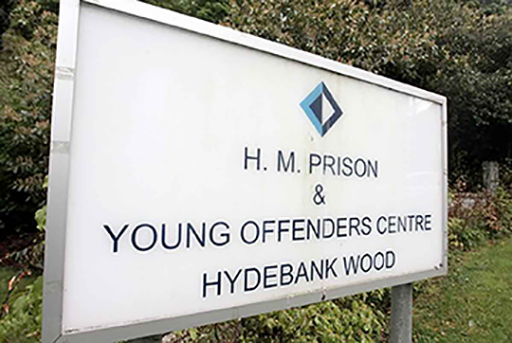4 Youth custody in Northern Ireland
Restorative justice seeks resolutions of young people’s offending behaviour in their community and among the people who have been most affected. Sometimes however custodial sentences are imposed where the offending behaviour has been particularly serious or sustained.
As you have learned, listening to the actual voices of children and young people is of paramount importance, and the next activity offers more accounts of children’s experiences of Northern Ireland’s way of doing youth justice.
Activity _unit5.5.1 Activity 6 Young people’s voices from inside
As a relatively new process that is attempting to do justice differently, restorative justice practitioners are often involved in developing resources that demonstrate or explain the process. First, watch this video which features two young men, Paul and Kevin, who spent time in and out of custody and the care system in Northern Ireland – the video highlights the connections between the two systems:
The view of young offenders [Tip: hold Ctrl and click a link to open it in a new tab. (Hide tip)]
Now hear from three young people who have spent time in a custodial centre dedicated to meeting children’s needs:
Young people’s experience of the formal youth justice system (watch from 02:46 to the end)
Use the text box to make some reflective notes on what you’ve seen and heard in the videos.
Discussion
The accounts from Kevin and Paul who spent time in Hydebank Wood were far from positive. The Youth Justice Review recommended that young people should not be held in custodial centres close to adults, and dedicated children’s custodial centres should be built. John, Mick and Louise’s accounts are taken from a training video for staff in one of these centres. They may or may not be representative or typical but they do provide some insights into a custodial regime seeking more positive outcomes for children.
As an alternative way of doing youth justice, restorative justice has made significant progress. Even so, a recurring controversial feature of youth justice systems through the UK is the age at which a young person can be prosecuted. The way this issue is being looked at it in Northern Ireland forms the final set of activities in this session.

